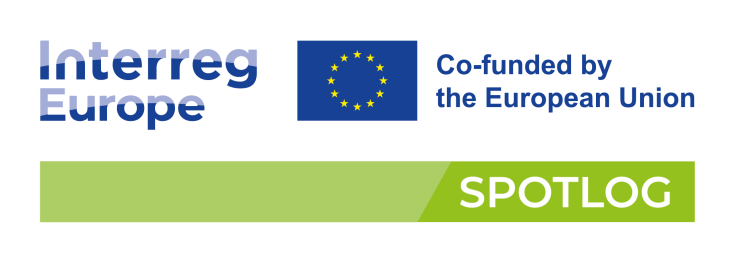Two new Good Practices towards sustainability

Within SPOTLOG, two new Good Practices have been recently approved by EU experts, driving the change towards sustainability:
From Data to Action: CommitClimate Simulator for informed decision-making in Latvian Municipalities
Fossil fuel burning in urban transport, particularly commuting between suburbs, rural and urban areas, is a major contributor to CO2 emissions, alongside sectors like energy, waste, buildings, agriculture, and forestry. All of these should be considered for effective energy transition. However, a lack of skills and tools hinders municipalities from fully understanding their relative emissions and potential future scenarios. Additionally, impacts related to different implementation measures are not effectively assessed.
CommitClimate aims to address this by increasing the capacity of municipality staff and local stakeholders. The initiative of the Riga Technical University, Institute of Energy Systems and Environment, in Latvia includes the CommitClimate Simulator, a computer model for estimating CO2 emissions and modeling future scenarios considering the municipal borders.
Find out more here
TAMK Campus Digital Twin contributes to experimentation of sustainable mobility solutions
Tampere City Digital Twin (TCDT) is a city initiative that aims to create a virtual model of the city of Tampere in Finland, covering aspects such as buildings, infrastructure and mobility. One of the main components of TCDT is a 3D model of the city, which is based on various data sources such as aerial imagery, lidar scans, maps and real time open data. The 3D model is updated regularly and can be accessed through a web-based platform that allows users to explore, visualize, and analyze the city from different perspectives.
Tampere University of Applied Sciences’ (TAMK) contribution to TCDT is to provide its expertise and knowledge on green city logistics. TAMK uses digital twin platform as a tool for testing and evaluating different scenarios and solutions for urban freight and people transport. TAMK incorporates key quadruple helix stakeholders, especially city authorities and private entities, in the process, thus promoting co-creation and dissemination of innovative and sustainable solutions for the city.
Find out more here